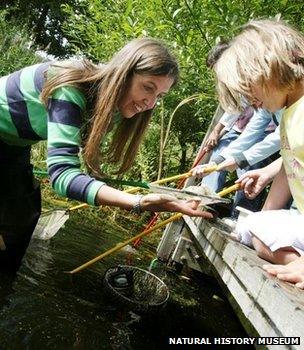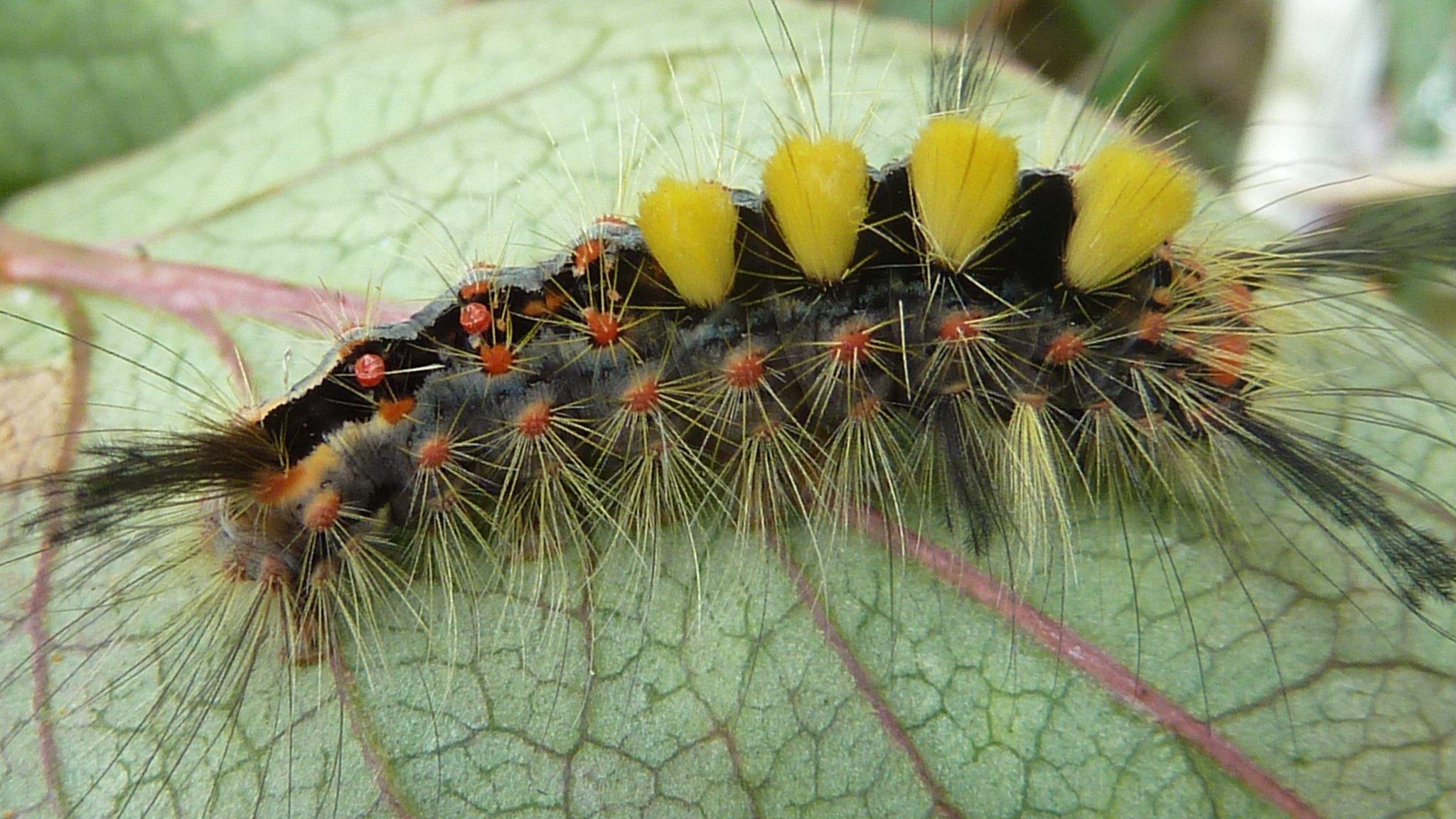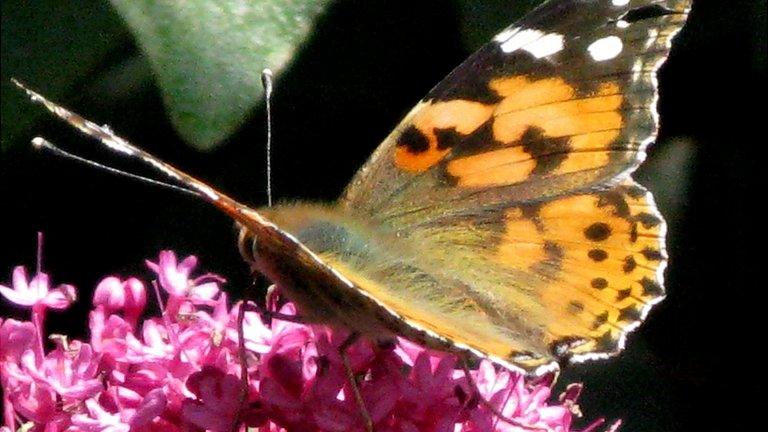Opal citizen science project expands across the UK
- Published

More than 850,000 people have taken part in an Opal survey since the project was launched in 2007
A massive citizen science project, involving more than 850,000 volunteers, has expanded its reach to include projects across the entire UK.
Open Air Laboratories (Opal), external, with a grant from the Big Lottery Fund, is now being rolled out across Scotland, Wales and Northern Ireland.
To date, Opal projects have gathered data on a range of issues, including air quality, urban spaces and pests.
The data-collecting programme is led by a team at Imperial College London.
The scheme, launched in 2007, aims to:
engage people with nature and key environmental issues;
provide a learning experience and all the health and well-being benefits from being outdoors;
provide valuable data to help professional scientists understand the state of the environment.
Bigger picture
Opal Director David Slawson said the expansion had allowed the network to include studies organised by researchers outside of England.

Thousands of schools have registered for Opal resources to help children get closer to nature
"We have a new activity on New Zealand flat worm," he told BBC News.
The species was introduced into the UK in the 1960s and has been causing concern because it feeds on earthworms, which are vital for soil health.
"It is more prevalent in Northern Ireland and Scotland than it is in England and Wales," Dr Slawson observed.
"Generally, most of the pests and diseases tend to come into South-East England and spread northwards. Here's one that might be moving in the opposite direction."
The study, co-ordinated by a team in Scotland, is looking for the public to help it understand how far the worm has spread, as well as what effect it is having on earthworms and other animals, such as moles that eat earthworms and beetles that predate on flatworms.
Opal's expanded geographical coverage will also benefit ongoing studies, the organisers hope.
"What is new is the ability to get new data from the new countries," explained Dr Slawson.
"Things like the horse chestnut leaf-mining moth (survey) and finding out whether it might be in Scotland and Northern Ireland now."
Caterpillars of the non-native moth, which was first recorded in South-East England in 2002, tunnel through leaves of infested trees, causing them to turn autumnal brown, even in the middle of summer.
A scientific paper published in 2014, external found that the pest had been recorded in most areas south of Newcastle.
Extra eyes
To date, almost 23,000 sites have been surveyed by citizen scientists as part of Opal.
"This really does increase the number of observations that experts alone would not be able to make," said Dr Slawson.
He added that the contribution made by citizen scientists was generally welcomed by professional researchers.
"We designed the surveys very carefully, and we did not ask people to do anything that was too complicated.
"For example, when it came to the tree health survey, we asked people to identify insect pests (not fungal infections) which are easy to identify.
"This offers reassurance about data accuracy."
- Published22 January 2013

- Published25 January 2014

- Published23 November 2012

- Published1 June 2010